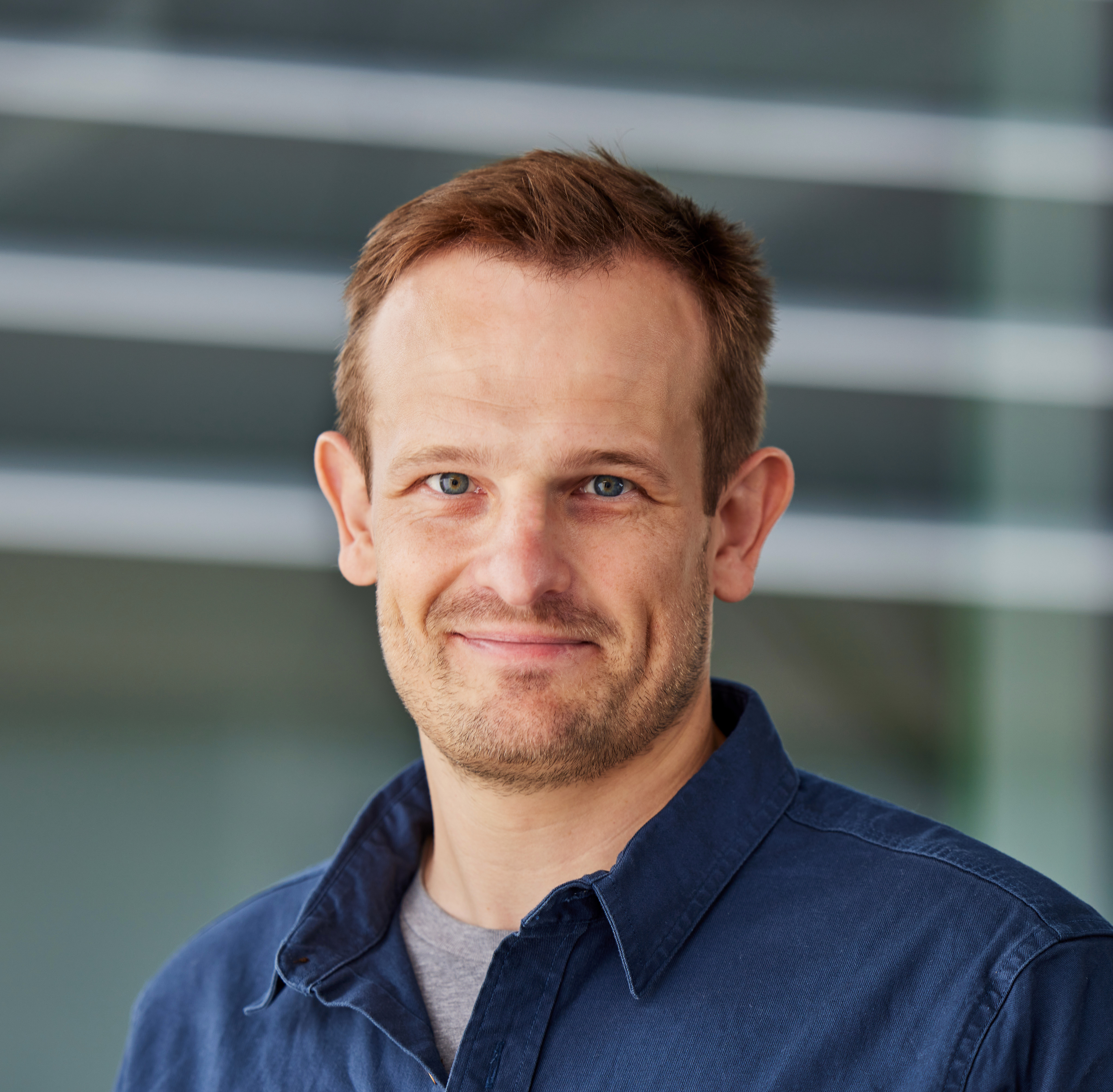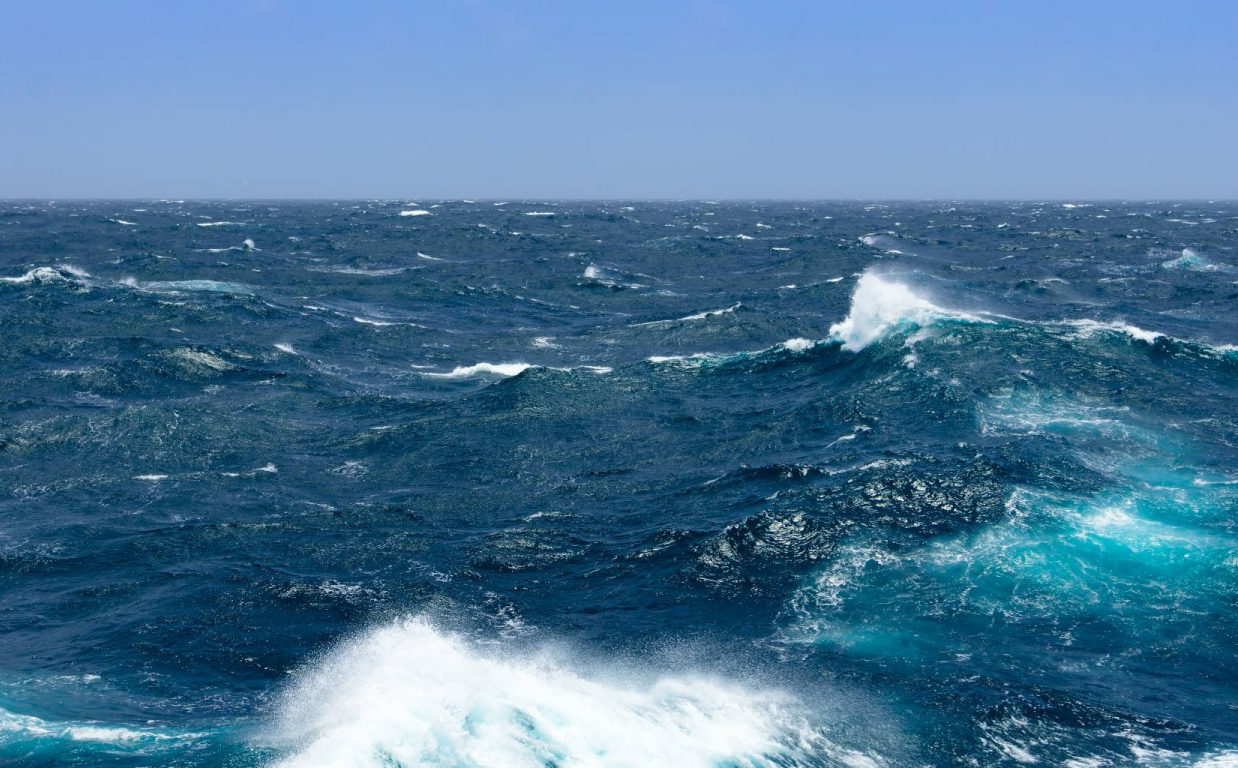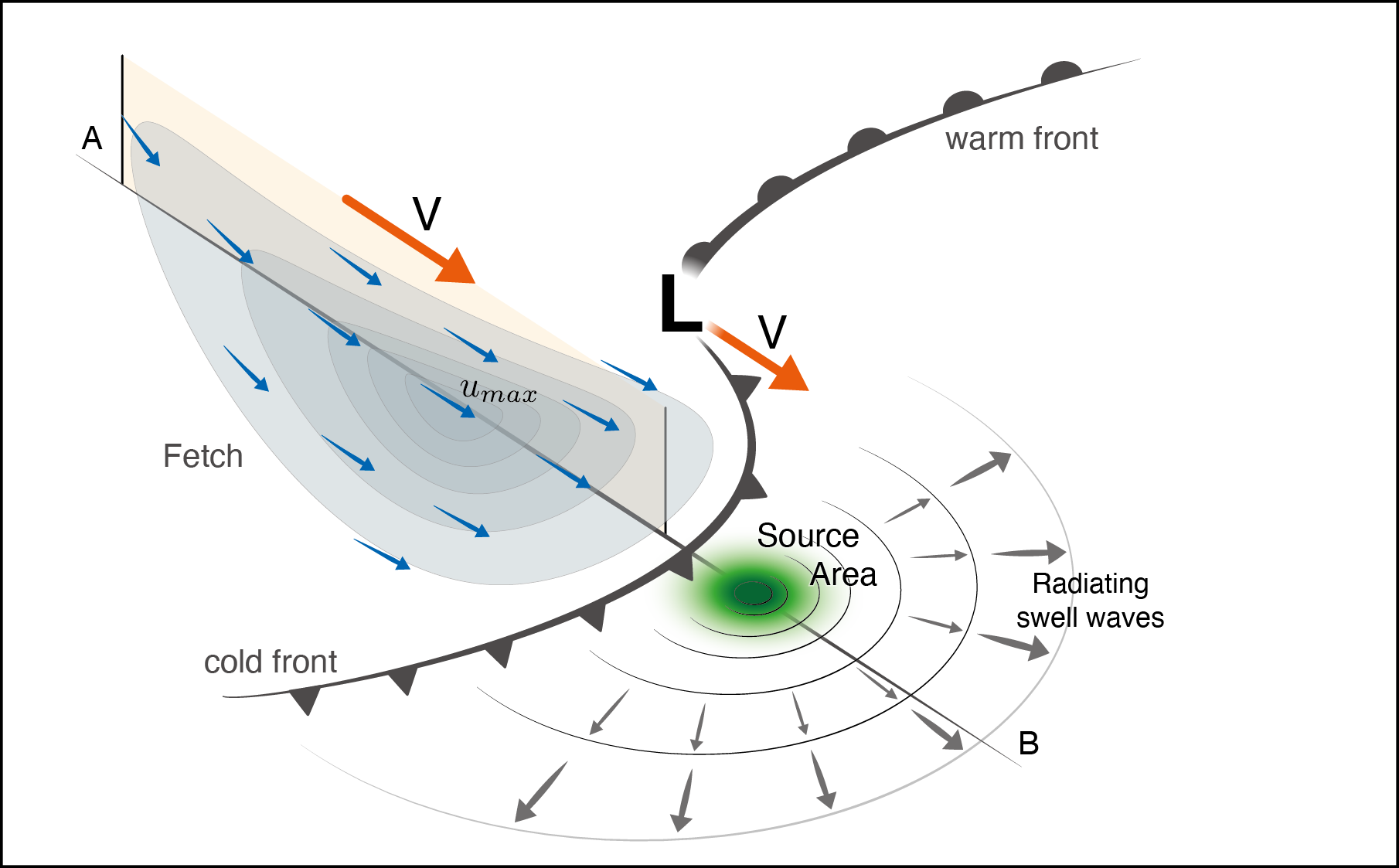I joined NSF NCAR as a Postdoctoral Fellow in the ASP program in Fall 2023 to develop and implement and a fast and efficient wave model in coupled earth system models jointly between Computational and Information Systems Lab (CISL) and the Climate & Global Dynamics (CGD) section. Before that I was Postdoctoral Research Associate in the Department for Earth, Environmental and Planetary Sciences (DEEPS) at Brown Univeristy (now visiting Research Scholar) with Baylor Fox-Kemper and Chris Horvat.
I graduated from Scripps Institution of Oceanography (SIO) in November 2020 in Physical Oceanography with my advisors Arthur "Art" Miller, Sarah Gille, and Bruce Cornuelle, and short postdoc with Nick Lutsko. Prior to that I studied at GEOMAR in Kiel (2009-2012) and ETH Zurich (2013-2015) Atmosphere, Ocean, and Climate working with Tapio Schneider, Noel Keenlyside and Mojib Latif.
My research focuses on processes that are related to large biases in climate models and the predictability of mid-latitude weather. My topics spans from ocean surface waves to large-scale Rossby-waves and the atmospheric general circulation. I currently focus on:
• Stochastic air-sea fluxes
• Open-ocean surface wave modeling
• Sea ice-wave coupling
• Ocean remote sensing observations
• Climate dynamics and weather extremes



